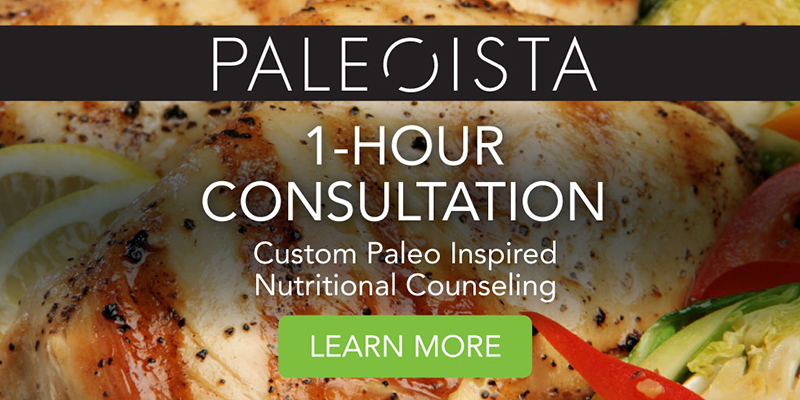Fun in the Sun! Paleoista Tips to Prevent Sunburn
Oh, the glory days of a lazy, summer Sunday afternoon.
There’s not a single thing I’d rather do on a hot, sunny Southern California day than hit the beach after a nice, long run. With the sound of the surf, the warmth of the sand, and the heavenly sun on my skin just a mere ten minutes from home, it’s paradise.
Unless, of course, you’re still doing what I, and likely millions of others, used to.
I’d purposely go bake in the sun, going way beyond the fifteen minutes1 a few times per week recommended for our Vitamin D supply. Instead, I would get dangerously close to that foolish, unhealthy idea that I’d “burn first and then tan.”
Fortunately, my mother was religious about applying sunscreen all throughout my early childhood days of playing at the beach and racing on swim team. And by the luck of the draw, my skin happens to tan and not get sunburned, so I was able to get away with being a bit naïve when it came to protecting myself from the sun in my teens and twenties.
You may likely have done something similar yourself, or at least have a friend or family member who did. Hopefully, they had a chance to wise up before something terrible occurred…like skin cancer.
Did you know an estimated 73,870 new cases of invasive melanoma will be diagnosed this year, and roughly 9,940 people will die of melanoma in the U.S. alone? Melanoma accounts for less than two percent of skin cancer cases, but causes the vast majority of skin cancer-related deaths.2
So where does that leave us? Do we really need to cover ourselves from head to toe with sun-proof clothing, a big, floppy hat, and a masque of pure zinc oxide anytime we venture into the great outdoors, even if your version of the great outdoors is an urban jungle with little sun exposure?
Surely, our ancestors got some serious sun exposure, didn’t they? How did they avoid getting sunburned?
For one thing, they had a complete ozone layer. And, they didn’t have the pollution we do today. When factoring in these details, it becomes clear that this may be one case where we can’t simply mimic what, if anything, they may have done to remain sunburn-free.
But just how safe is it to spray down with a host of noxious chemicals, which, by the way, can help further destroy ozone if you’re using a brand with CFCs or HFCs?3 What effect might those have on our bodies? Isn’t there a better way?
Actually, yes.
- First of all, it’s worth noting that we don’t, in fact, need to stay out of the sun all the time. We need sunlight to synthesize Vitamin D, which is not just any old vitamin. It’s an essential compound which acts like a hormone in the body, often resulting in its being classed in a category all its own. Get your levels tested, however, before you zip off to Whole Foods and stock up on extra tablets. No need to waste money if you’re getting enough Vitamin D in the first place!
- By changing what you eat, you can actually help protect yourself from the inside out. You can boost your “internal sunscreen” by consuming anti-oxidants and beneficial fats that are found in abundace on a Paleo diet.4 These strengthen skin cells, helping to protect them from sun damage. Eating lots of vegetables, fish oils, and some low glycemic fruits such as blueberries, raspberries, and Goji berries are great options.
- Prepare your skin by getting small amounts of exposure regularly as you approach the summer season to give it time to adapt.
- You can make your own topical sunscreen spray with a simple mixture of Vitamin C powder and water.5 FDA approved, no, but look at everything the FDA does approve and then decide if that matters to you anyway.
- See a reliable dermatologist once per year to do a thorough mole map to see if anything looks suspicious.
With a little preparation, spending time in the sun can once again be seen as a healthy option to enjoy all summer long!
REFERENCES
[1] http://www.nlm.nih.gov/medlineplus/ency/article/002405.htm
[2] http://www.skincancer.org/skin-cancer-information/skin-cancer-facts
[3] http://www.epa.gov/ozone/science/q_a.html
[4] http://www.huffingtonpost.com/dr-frank-lipman/vitamin-d-health-why-you_b_619558.html
[5] http://wellnessally.net/the-safe-and-skin-nourishing-sunscreen-alternative#sthash.ekTzhbo2.dpbs






